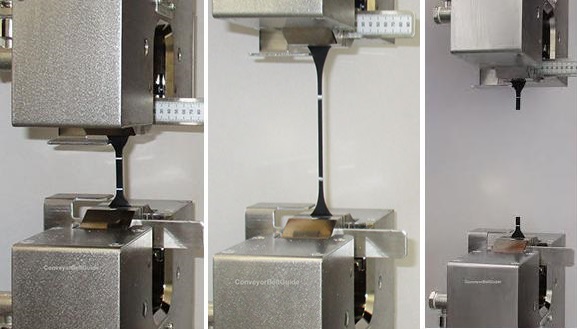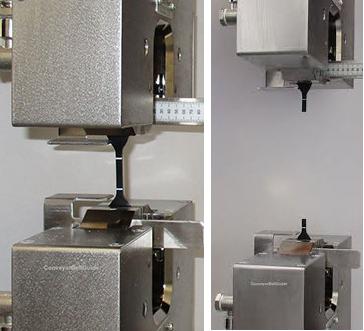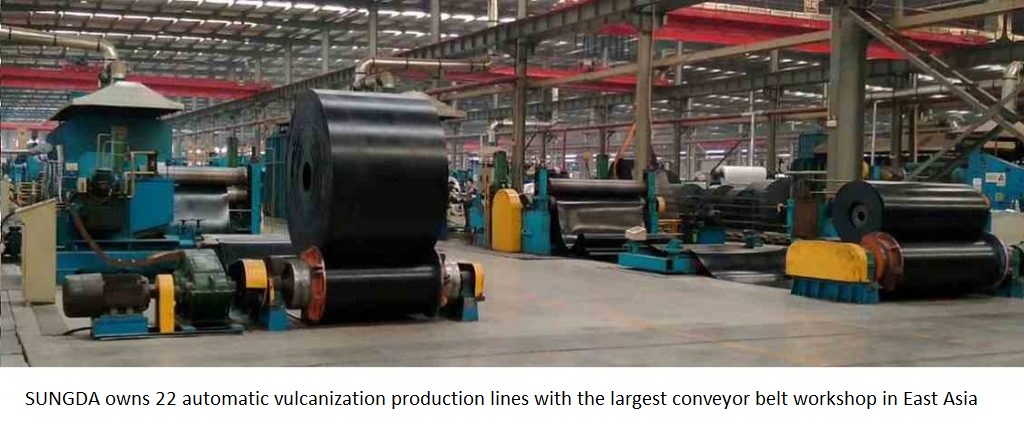The advantages and disadvantages of the belt conveyor protection device
Belt conveyor is a kind of material conveying equipment widely used in manufacturing enterprises. It is mainly composed of conveyor belts, drive motors, supporting equipment, control and protection devices, etc. Usually several belt conveyors cascade and cross each other to form a complete conveying system to realize long-distance conveying of materials.
The operating status of the belt conveyor is directly related to the safety of the conveying equipment and personnel during the production process. How to make the belt conveyor protection device efficiently, reliably and stably play a full role in production and operation has very important practical significance.
The objects discussed in this article are mainly the primary protection devices of belt conveyors such as the anti-deflection switch, anti-slip switch, and anti-tear switch.
Application status and existing problems of belt conveyors:
(1) Anti-tracking switch
The anti-deflection switch is a protection device used to detect the misalignment of the conveyor belt during the operation of the belt conveyor and give an alarm. Sometimes it is also used to automatically trigger an emergency stop when the conveyor belt is seriously deviated. At present, the widely used misalignment switch is generally a limit switch type anti-deflection switch.
The anti-deflection switch is fixedly installed on the brackets on both sides of the belt conveyor at a certain interval (about 50m). The roller part of the deflection switch is deflected after being pressed by the edge of the conveyor belt that runs off-center. When the roller deflects to a certain angle When the trigger switch contact action.
Usually all the normal closed contacts of the misalignment switch of a belt conveyor are connected in series and then connected to the opening and closing control circuit of the belt conveyor or the alarm indicating device: for a very long belt conveyor, sometimes the misalignment switches along the line are divided into groups Access method.
The main disadvantages of the widely used anti-deflection switches for belt conveyors are: ①Belt conveyors cannot remotely and independently display the working status of each deflection switch, and generally do not have the function of self-locking contact action. When there is a misalignment switch action, it is difficult to determine the specific action. It is necessary to observe the site to determine the specific location of the conveyor belt misalignment. ②The mechanical roller structure of the belt conveyor is difficult to withstand the impact of the conveyor belt for a long time, and it needs frequent maintenance and replacement of the misalignment switch.

(2) Belt conveyor anti-slip switch
The belt conveyor anti-slip switch is a protection device used to detect the slip between the conveyor belt and the drive roller and give an alarm. It can be used to automatically trigger an emergency stop when the conveyor belt slips. Slippage is a serious failure phenomenon, which may be caused by overloading, jamming of the conveyor belt, belt breakage, jamming of the drum, abnormal rotation speed of the drive motor, etc. If the machine is not shut down in time, it may cause serious damage to the equipment, fire and personal injury, etc. Serious accident.
There are many types of slip switches, and their working principles and detection methods are also different. For example, according to the detection method, there are tactile slip switches that directly detect the speed of the conveyor belt and compare with the set standard speed, there are slip switches that detect the speed of the driven wheel and compare with the set standard speed, and there are separate detection of the drum speed at the same time. Contrast slip switch that compares the speed of the conveyor belt; according to the internal working principle, there are magnetoresistive, magnetoelectric, photosensitive and so on. Part of the slip switch device can also provide real-time signal display and output of the conveyor belt linear speed or drum speed.
The problems that are often encountered in the installation and use of the widely used slip switches are: ① There are many types of slip switches for belt conveyors, and improper selection often occurs in the application. Some products are difficult to adapt to the harsh environmental conditions on site, such as dust, humidity, vibration, etc. Some products are difficult to install on site, such as split products where the speed probe and control box are separated, on site installation and wiring are more troublesome. ② Many products of belt conveyors judge whether slippage occurs by comparing the actual speed of the conveyor belt with the rated standard speed. Therefore, it is necessary to have the function of avoiding the start and stop process of the belt conveyor, so it is impossible to judge the start and stop of the belt conveyor. Slippage occurred during the process. However, during the start-up process of the belt conveyor, due to the existence of acceleration, large static friction and possible jamming, it is very easy to slip.
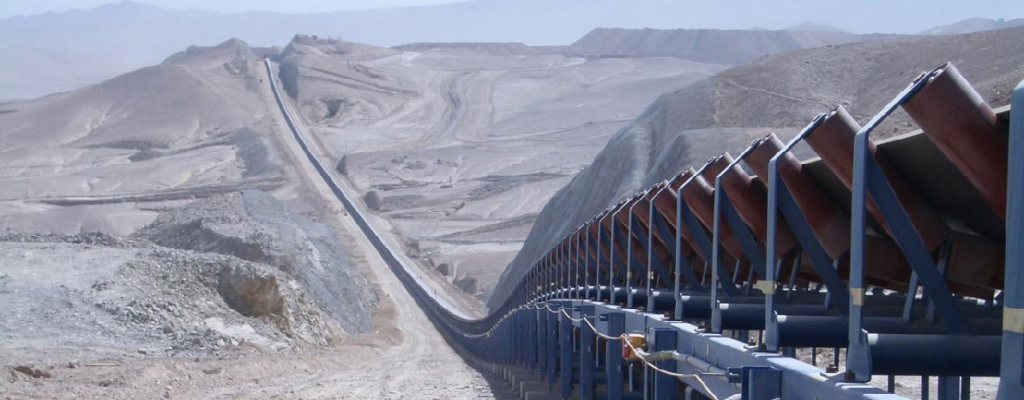
3. Anti-tear switch of belt conveyor
The belt conveyor tear-proof switch is a protection device that detects longitudinal tearing of the conveyor belt and gives an alarm. It can be used to automatically trigger an emergency stop when the conveyor belt is torn. Most of the tearing occurs at the exit of the hopper at the end of the conveyor belt. The large hard objects in the material are stuck at the exit of the falling hopper and scratched or even scratched through the conveyor belt. Some tears are often caused by the deformation of the conveyor belt bracket and the roller. And other reasons.
According to different detection methods and working principles, there are photoelectric and conductive rubber tear switches installed under the conveyor belt; there are pull-wire switches installed under the conveyor belt; there are baffles installed at the exit of the hopper at the end of the conveyor belt. Type tear switch; In addition, there are vibration induction type tear switch and so on.
The main disadvantages of the widely used belt conveyor tear switch are: ① Most belt conveyor tear switches can only operate after the conveyor belt is torn and penetrated, which makes the protection function of the tear switch very limited. Many products have poor reliability and stability. Many users simply give up installing the tear switch and rely on indirect means such as strengthening inspections and minimizing large debris in the material to reduce the possibility of tearing. ②Many products are prone to malfunction under slight disturbance, which affects the normal operation of the conveyor belt. ③Most of the products use a split structure of several sensor probes and a control box, which is inconvenient for on-site maintenance.
The functions and shortcomings of the belt conveyor protection device are discussed above from the aspects of function, structure and performance. Generally speaking, the belt conveyor protection device products we use now have shortcomings such as single function, backward performance, complex structure, rough appearance, and poor reliability. And my country’s production enterprises are currently in the process of transforming from extensive to intensive, and from labor-intensive to technology-intensive. How can we ensure production safety, increase efficiency and benefit while reducing personnel input? It is an important topic before every company. The improvement of the state detection device including the belt conveyor protection device will definitely improve the reliability and stability of the conveyor equipment operation of the production enterprise, and it will ultimately be reflected in the substantial increase in production efficiency.
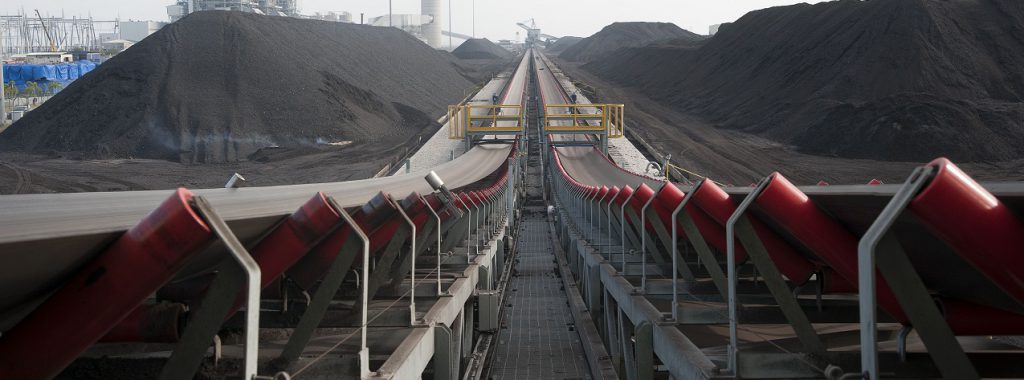
Tags: CONVEYOR BELT LINE,PROTECTION,Rubber conveyor belt

